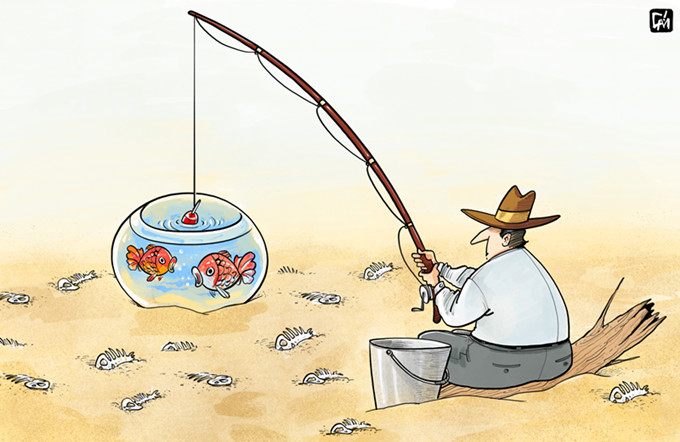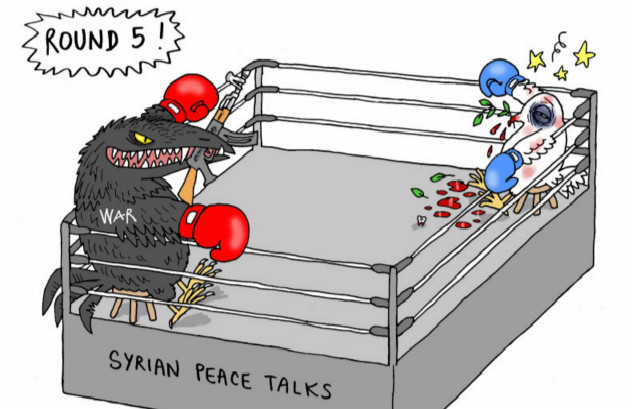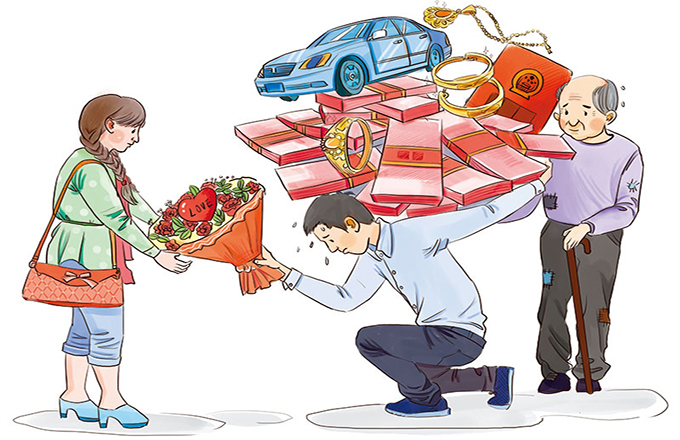Overcoming growing pains
Generally speaking, the investment capital in manufacturing comes from the self-raised funds of corporations, and data show that the growth in sources of funding for fixed investments has been slowing ever since the beginning of this year, and an obvious decline happened in March when the paid-in investment of fixed investments only increased by 19.6 percent. Moreover, many companies have had to increase their debt to make up their financing gaps and the leverage ratio has increased.
The imbalance between production and demand has resulted in an inventory level that is higher than expected. Currently, there are around 30 to 40 percent of manufacturing enterprises whose rate of capacity utilization is lower than 75 percent. Such severe over-capacity exists not only in traditional industries, like steel, cement and the textile industry, it has also occurred in some emerging industries, like wind power equipment and polycrystalline silicon production.
When the industrial outdated capacity accounts for 15 to 20 percent of the total productivity, even if the manufacturing growth returns to the historical average level, the excess capacity still needs to be digested in the future, and it will be a very difficult task to reduce outdated capacity. Therefore the lack of endogenous power may lead to a weaker recovery, which means the arduous economic resurgence may take much longer than people expect.
The present policy relies on high-leverage fields, like investment in infrastructure, to boost growth, while private investment in manufacturing suffers from restrictions and controls. Therefore, it is inevitable that China has a higher leverage ratio than the GDP growth rate, and we should not expect much stimulus from fiscal and monetary policy this year. As the central government has made economic restructuring the priority over maintaining high growth, it can leave the economy more space for future growth. That's why the central government has highlighted improving the quality and efficiency of economic development and emphasized stabilizing the macro and improving flexibility in the micro.
The weak manufacturing investment growth reflects the difficulties inherent in the country's economy transition, which above all needs to release endogenous economic growth. In the short term, the international financial crisis has reduced consumption in developed countries, and this has hit China's exports. More importantly, the traditional competitive advantages of made-in-China products have gradually weakened, because of rising production and component costs.
Therefore, a short-term stimulus policy cannot balance stable growth with restructuring, and the government should focus on pushing forward transition and deep-seated reform in China. Its macroeconomic policy should pay more attention to structural changes, rather than controlling quantity.
For economic growth, instead of just increasing consumption and investment at the macro level, the country needs to focus on improving the total factor productivity at the micro level. Only by depending on autogenous growth can China continue to grow in the future.
The author is an economics researcher with the State Information Center.
(China Daily 05/08/2013 page8)





















